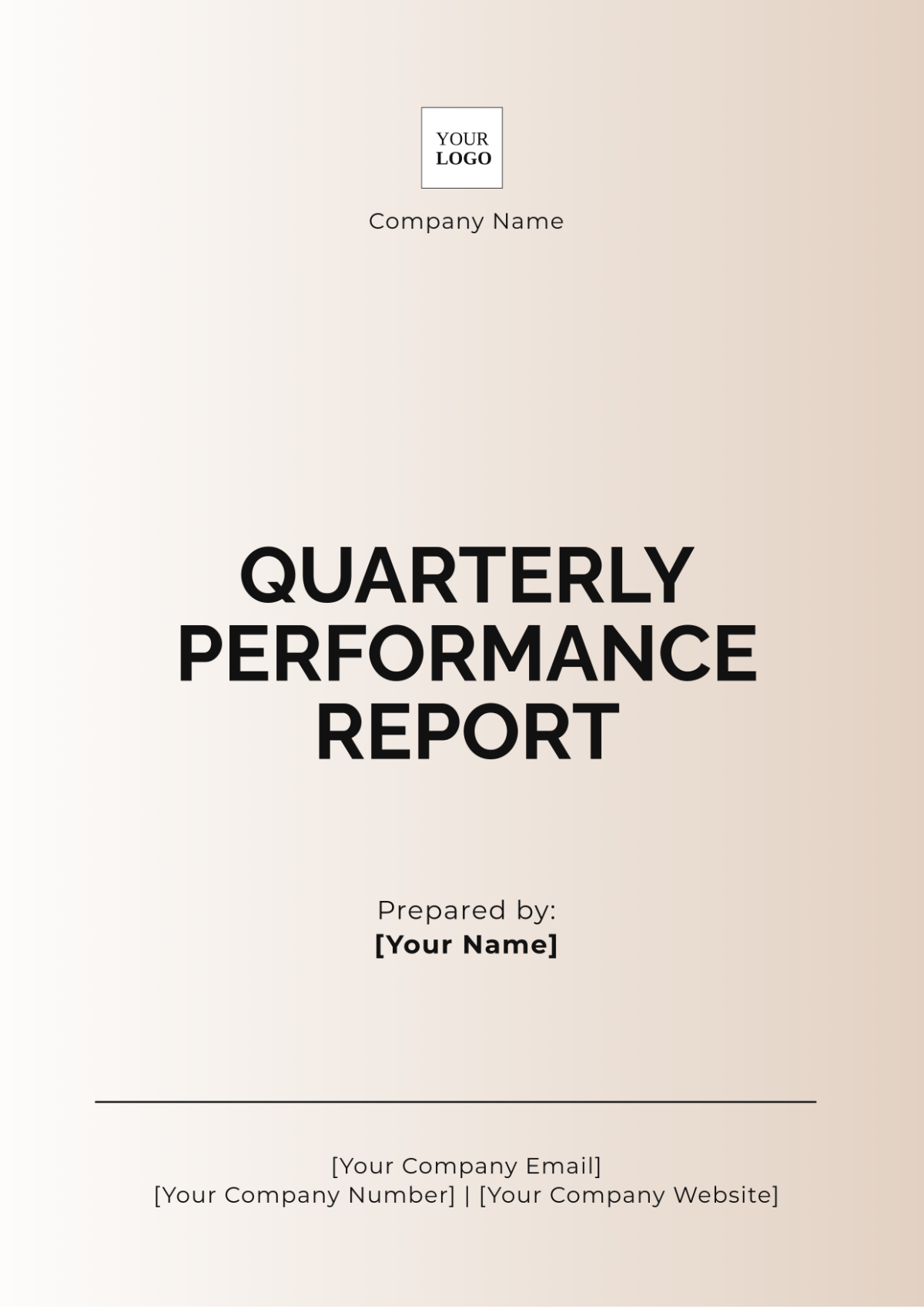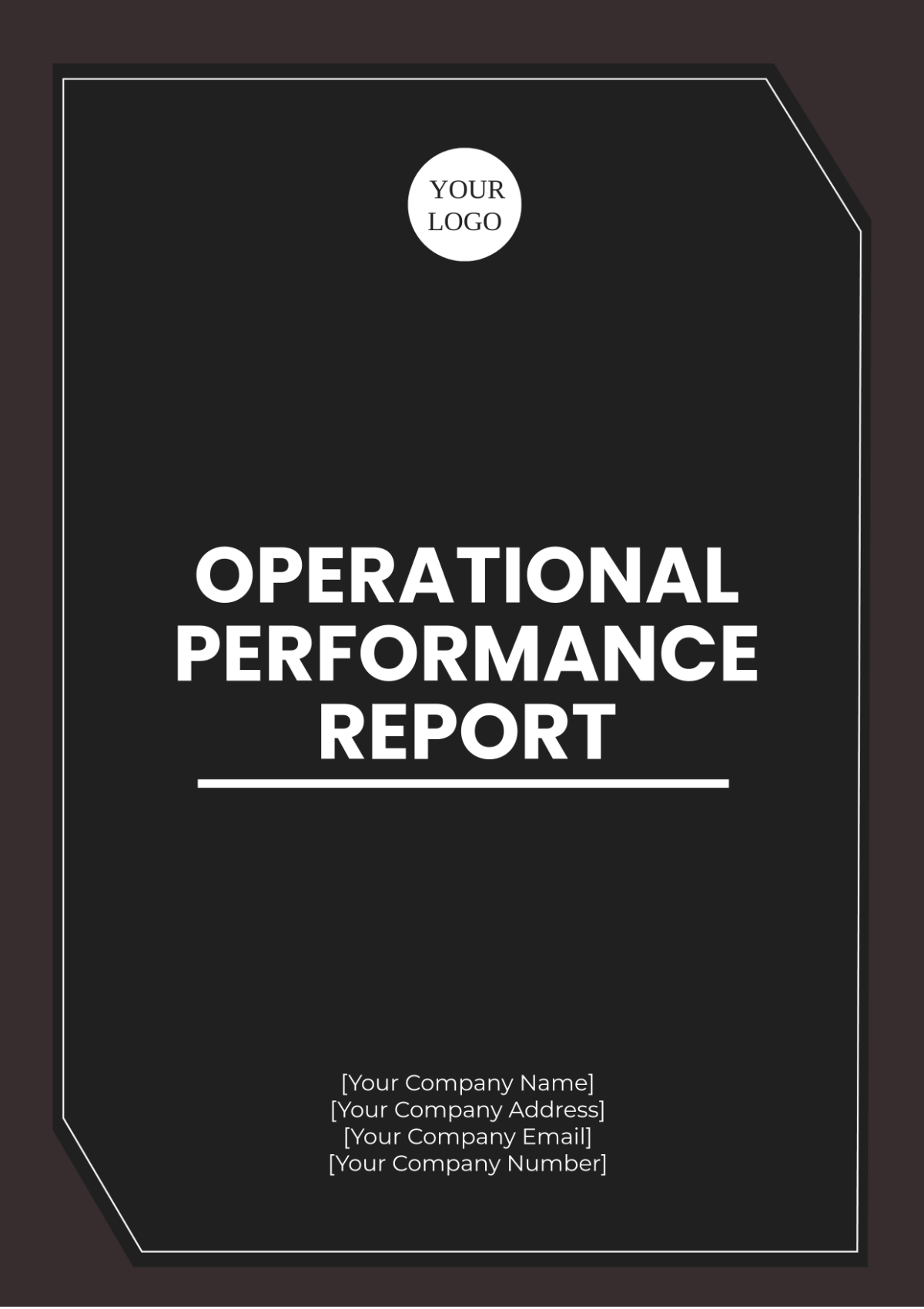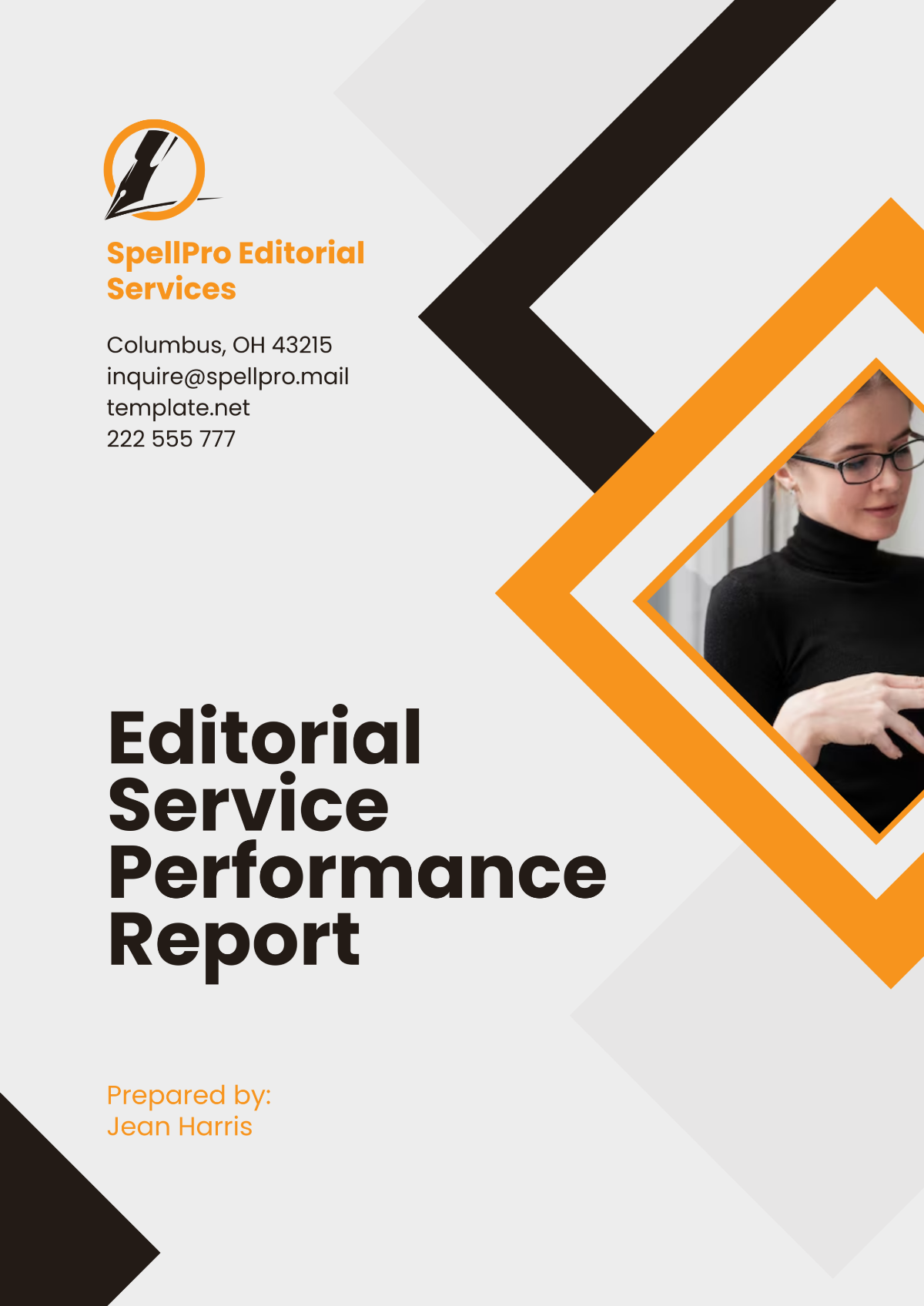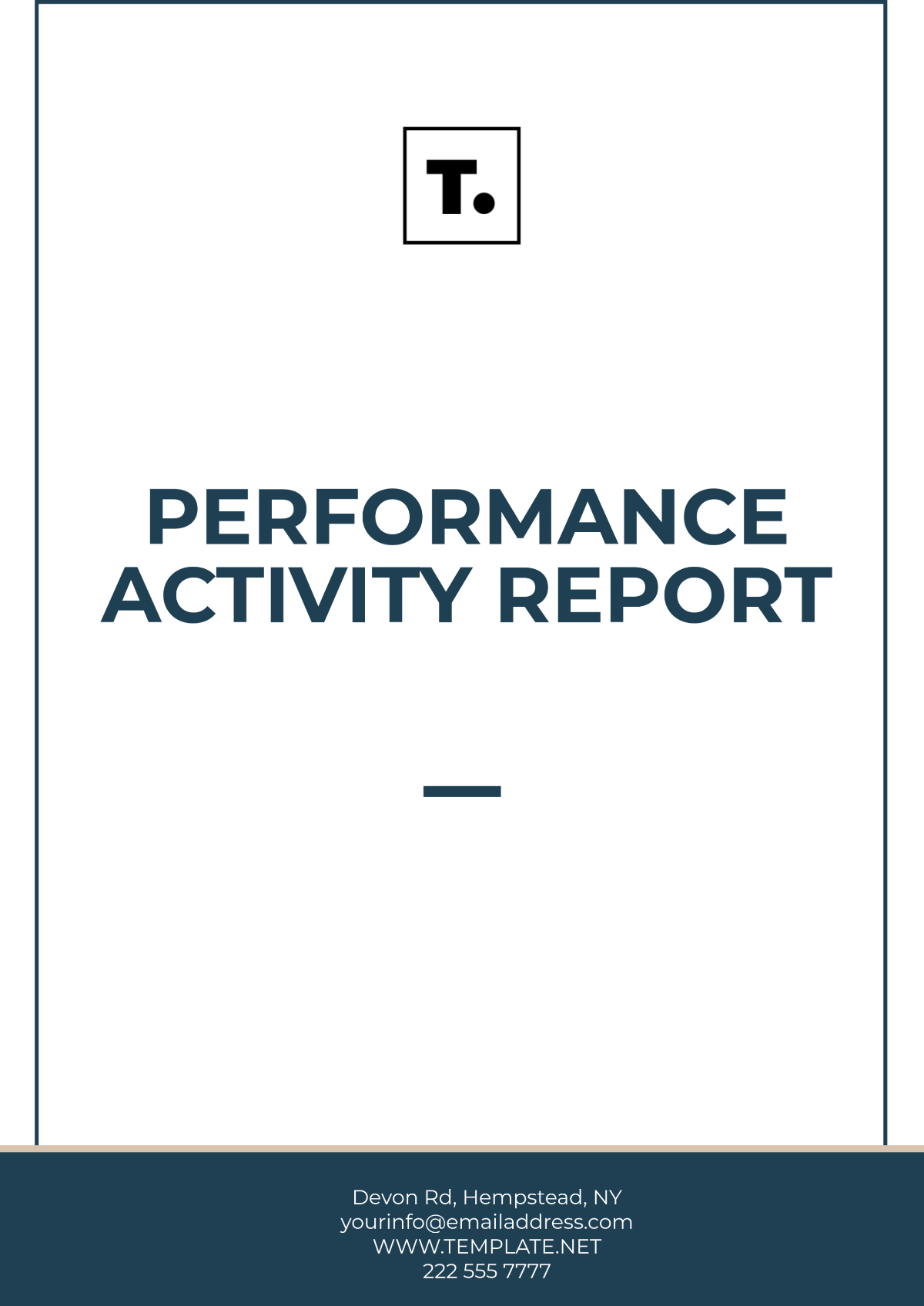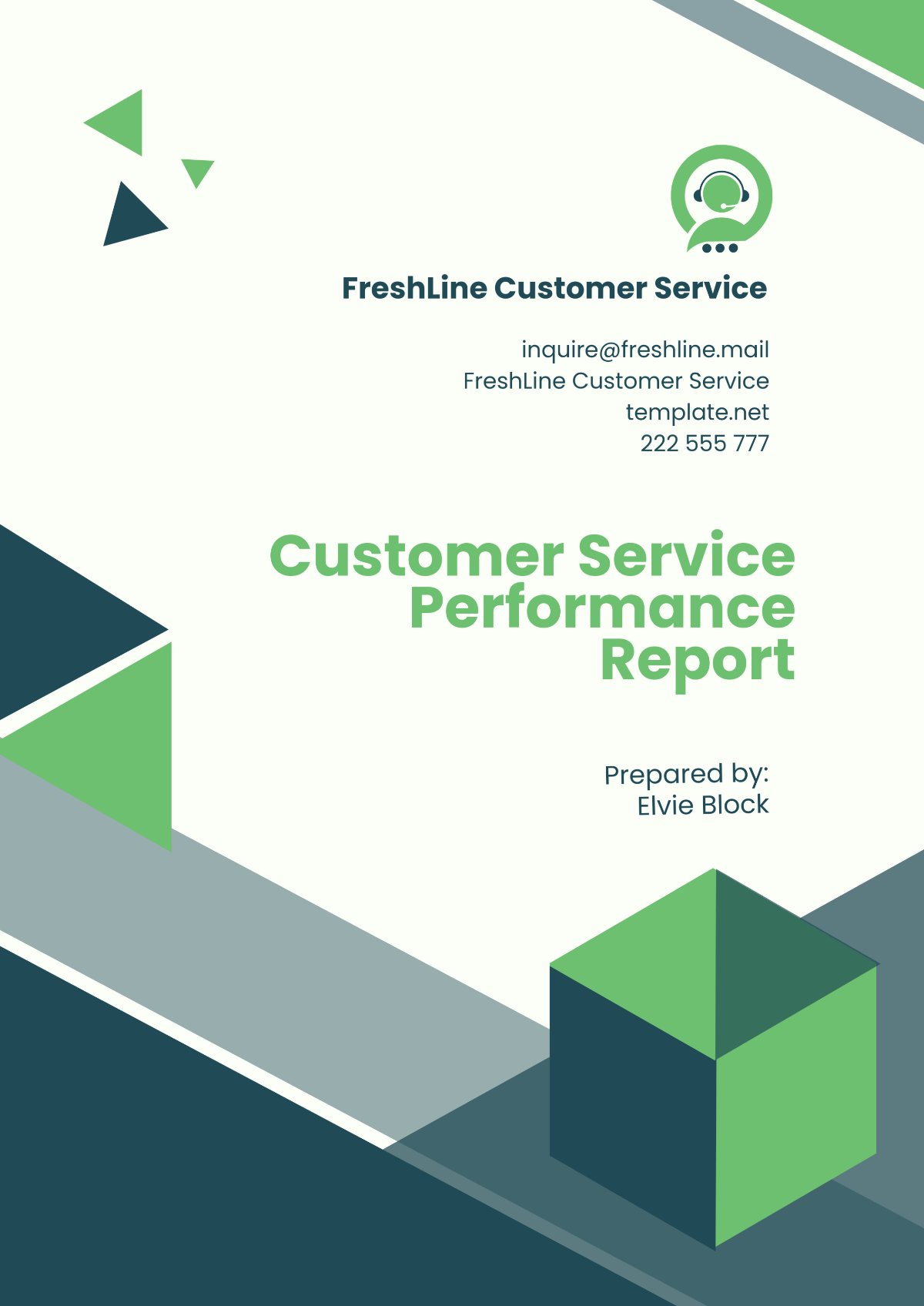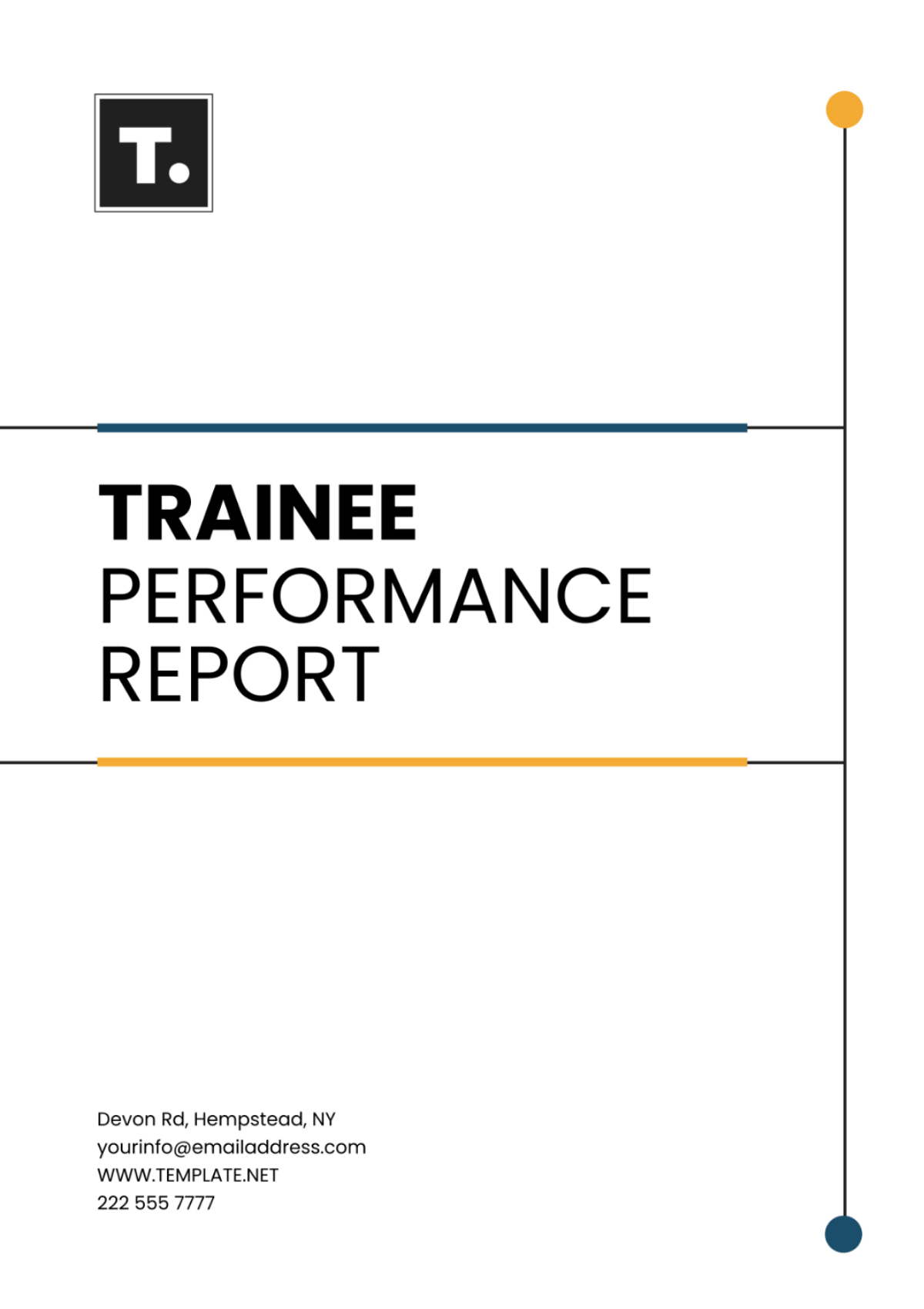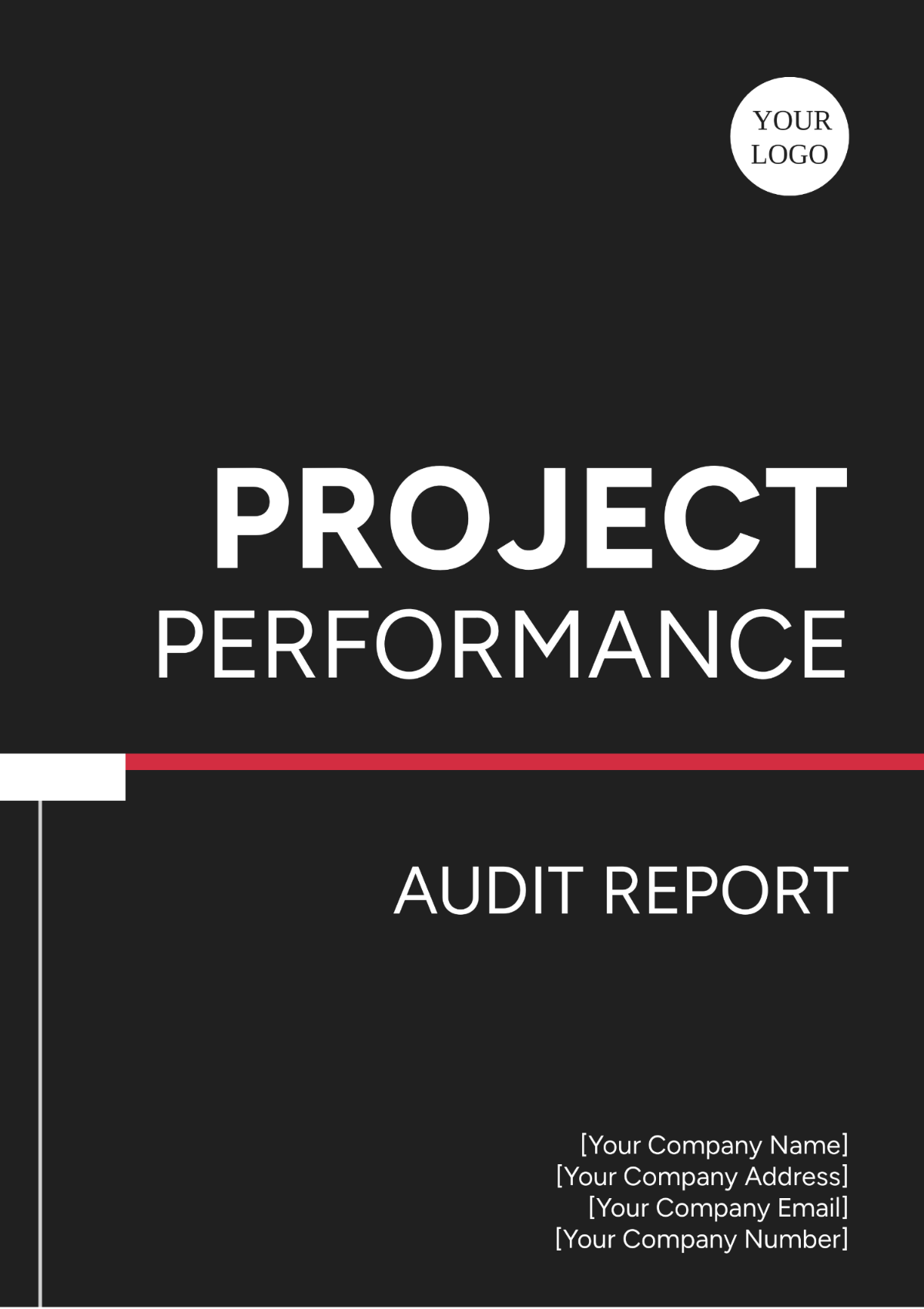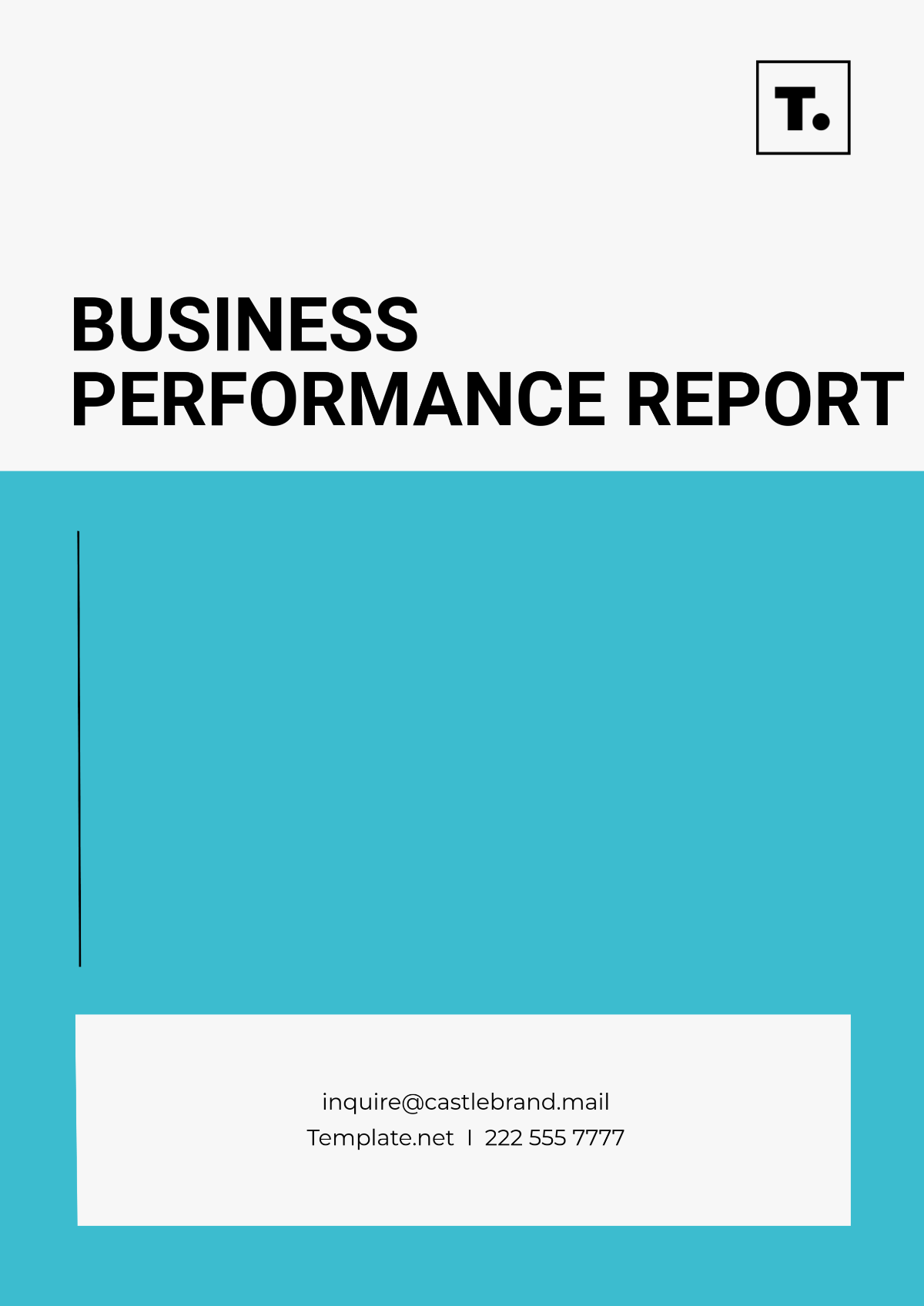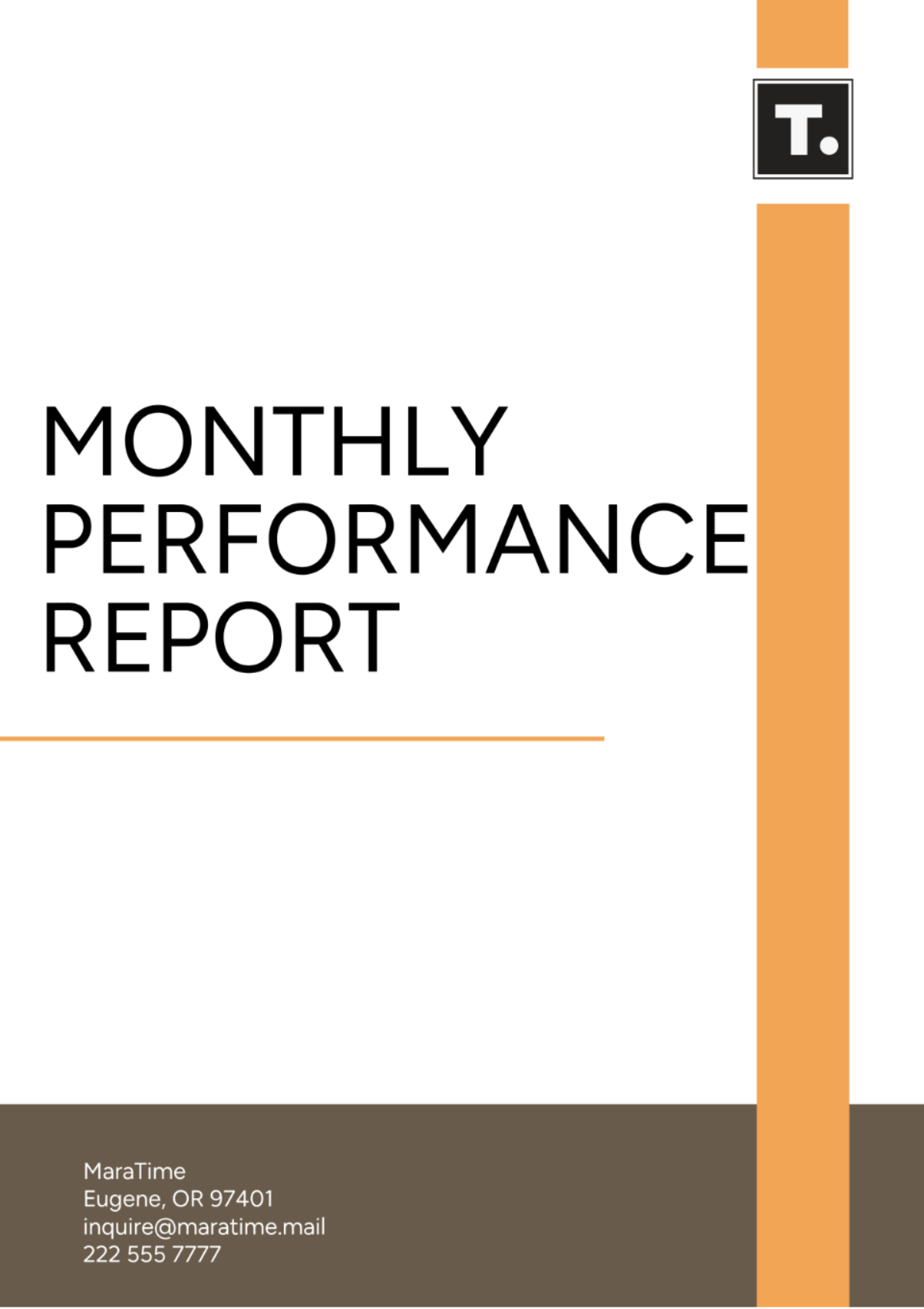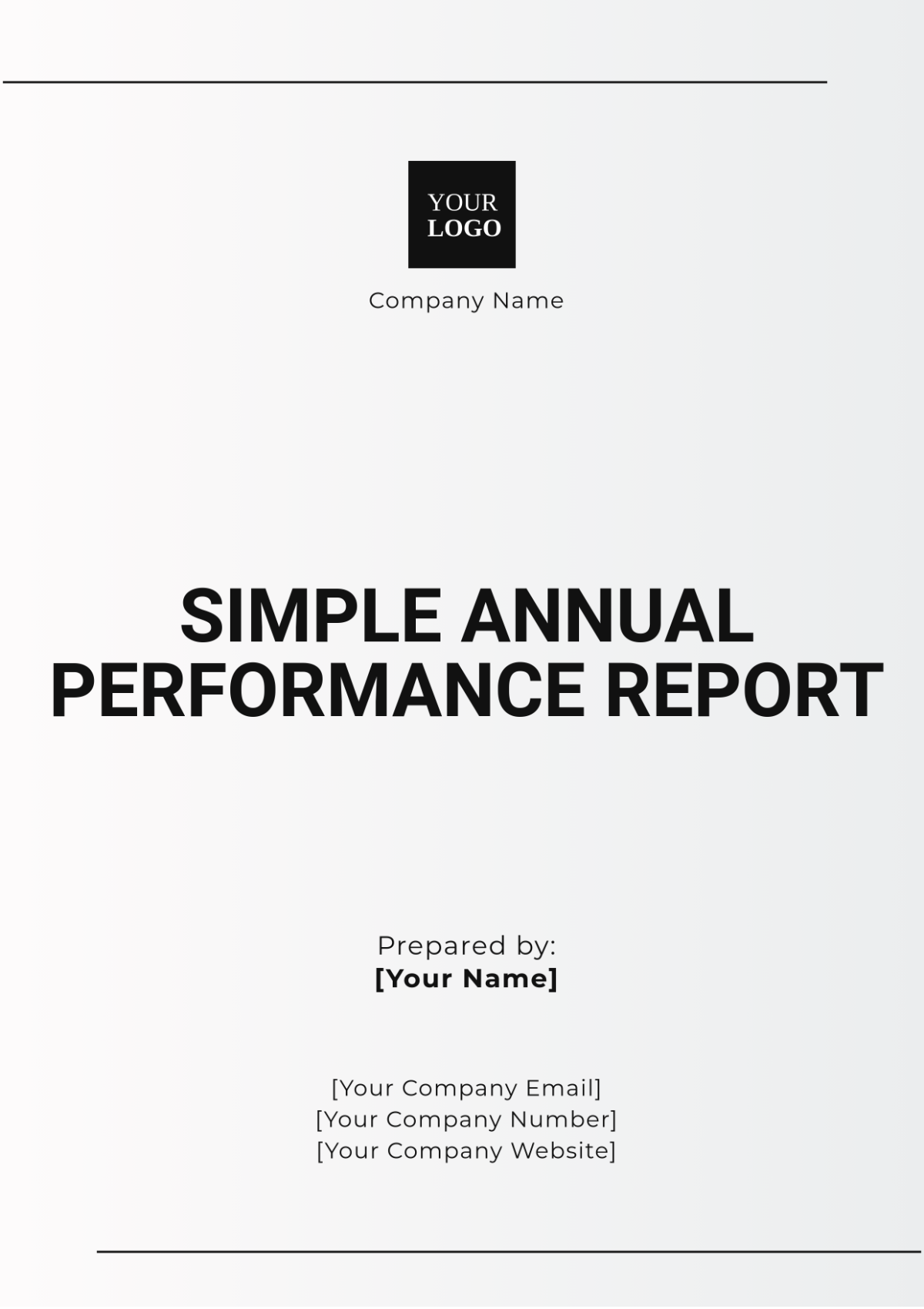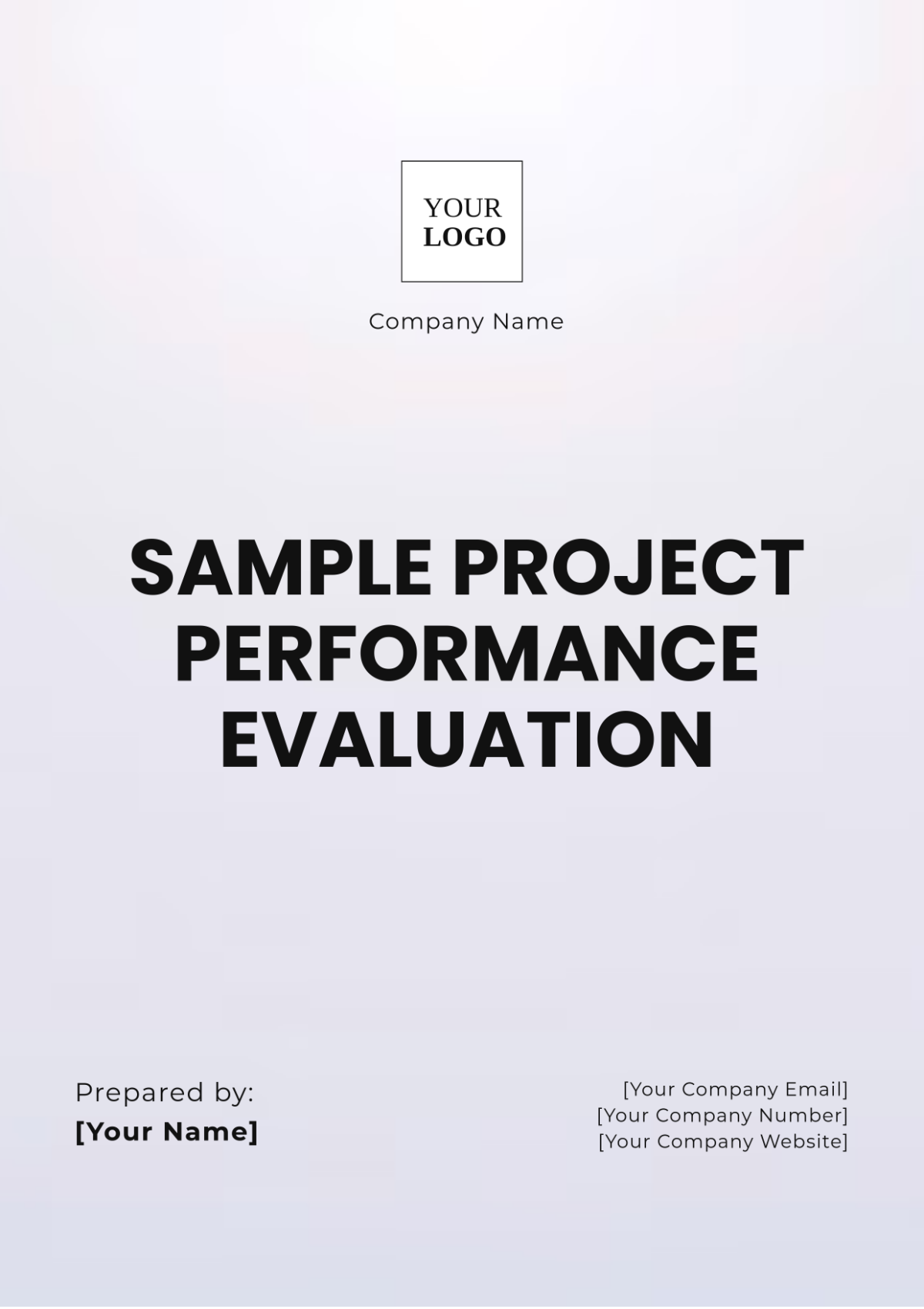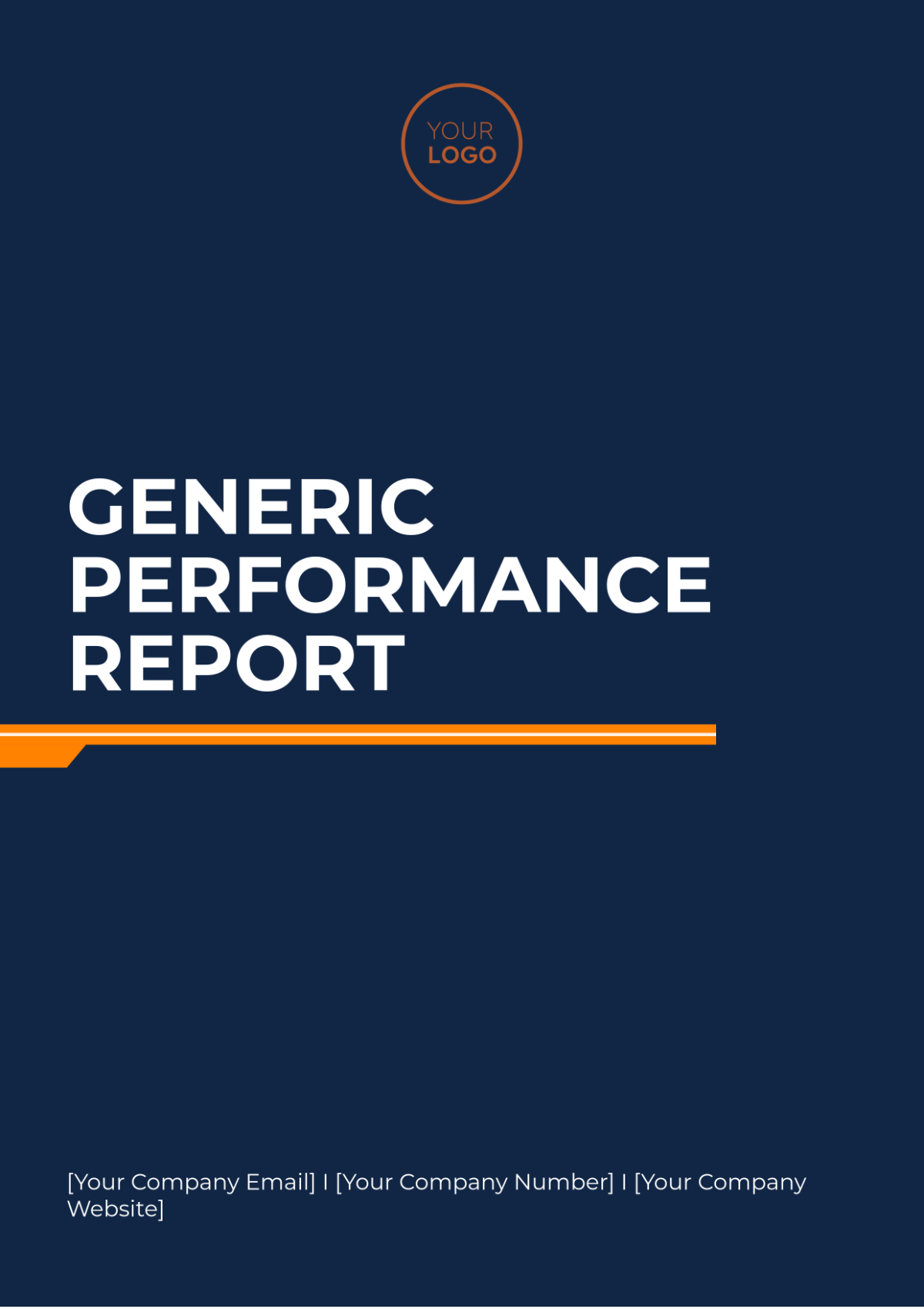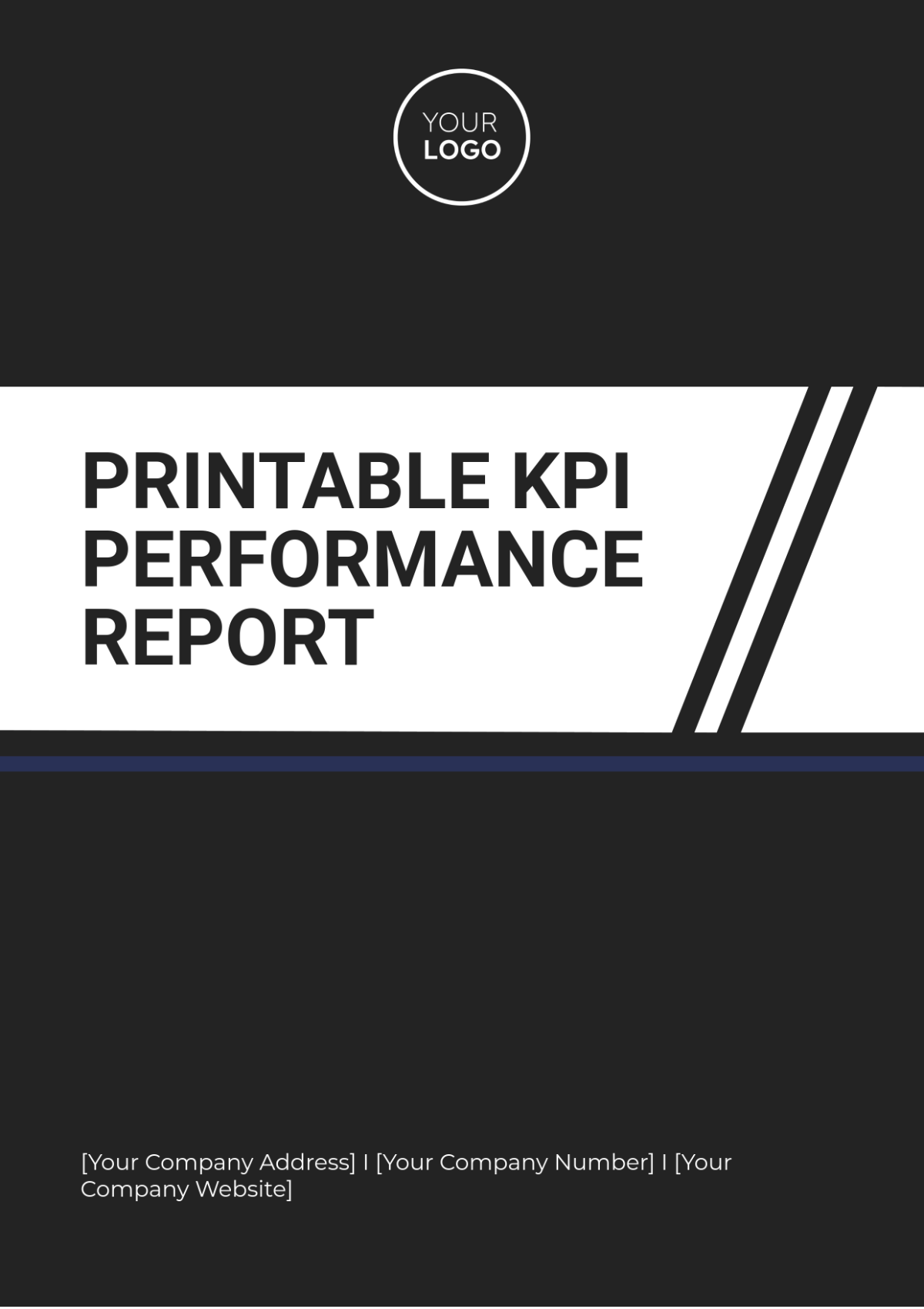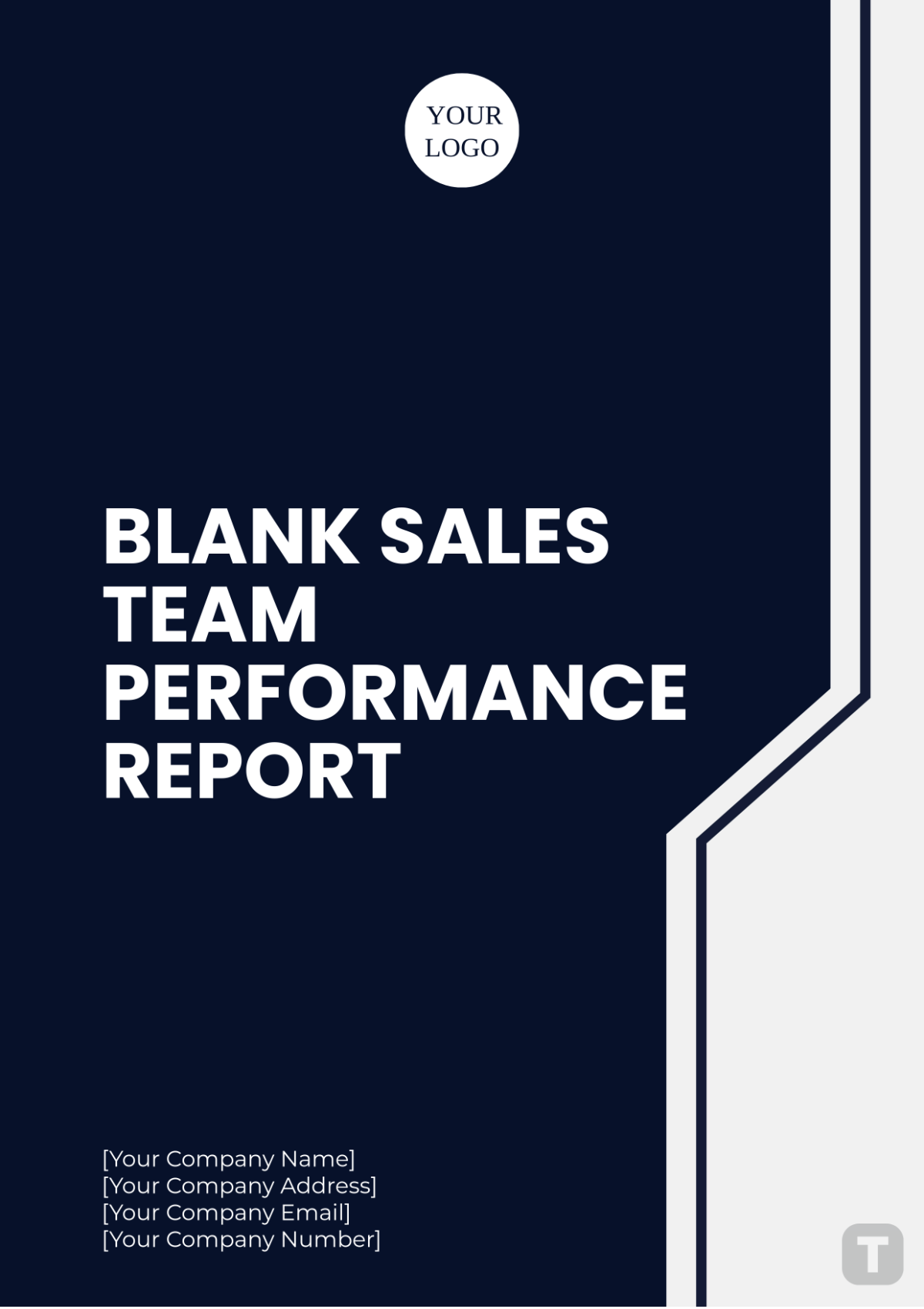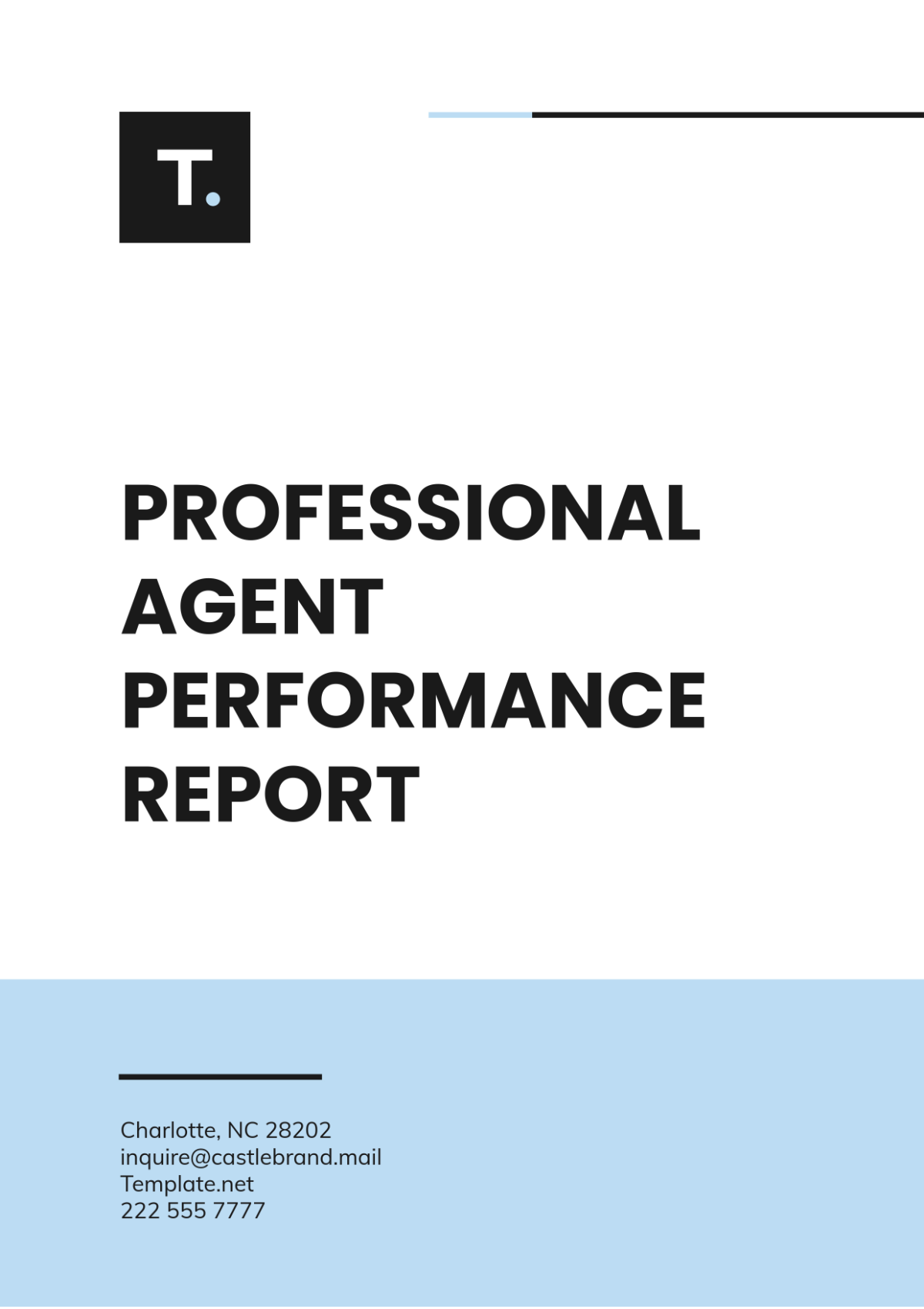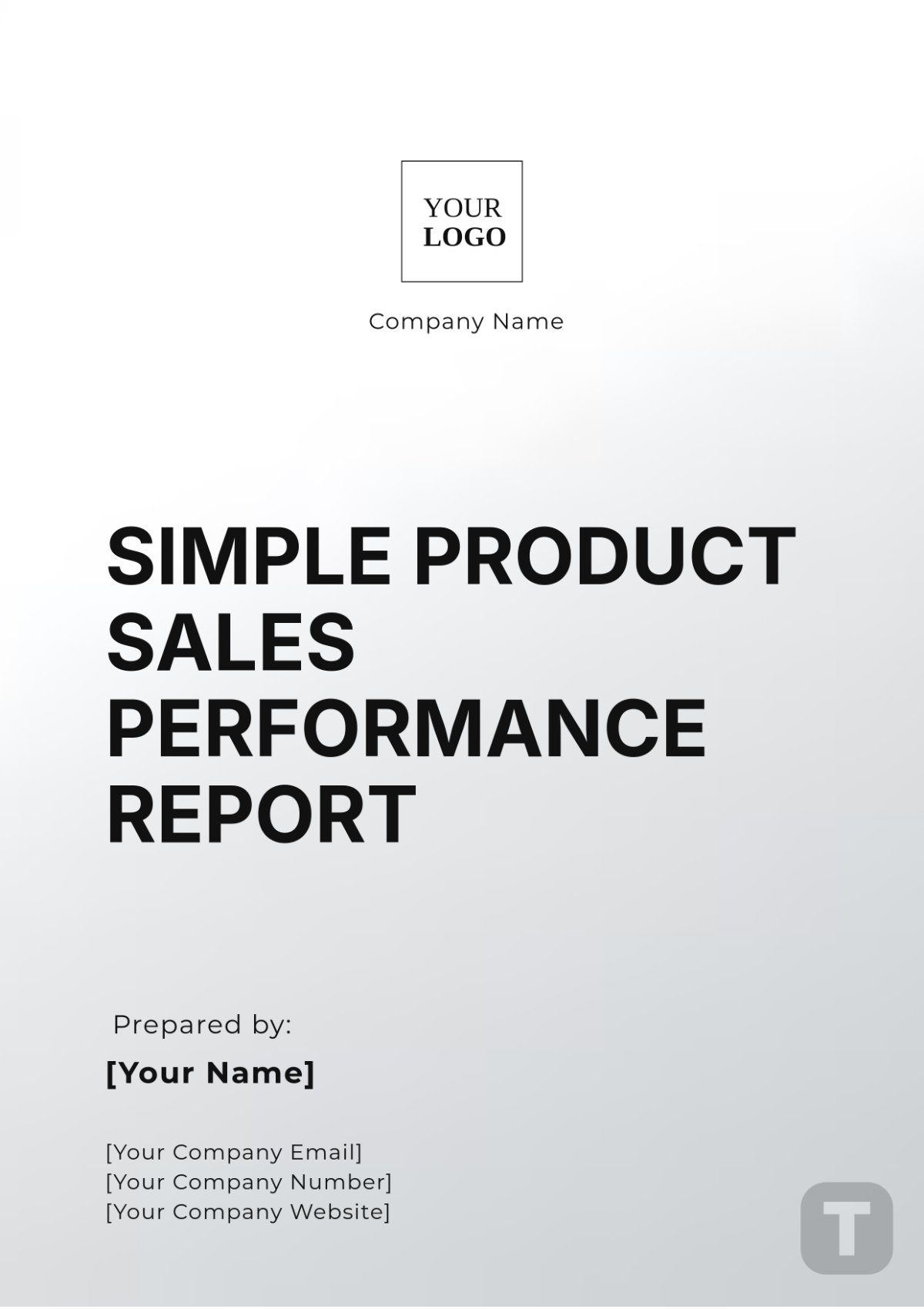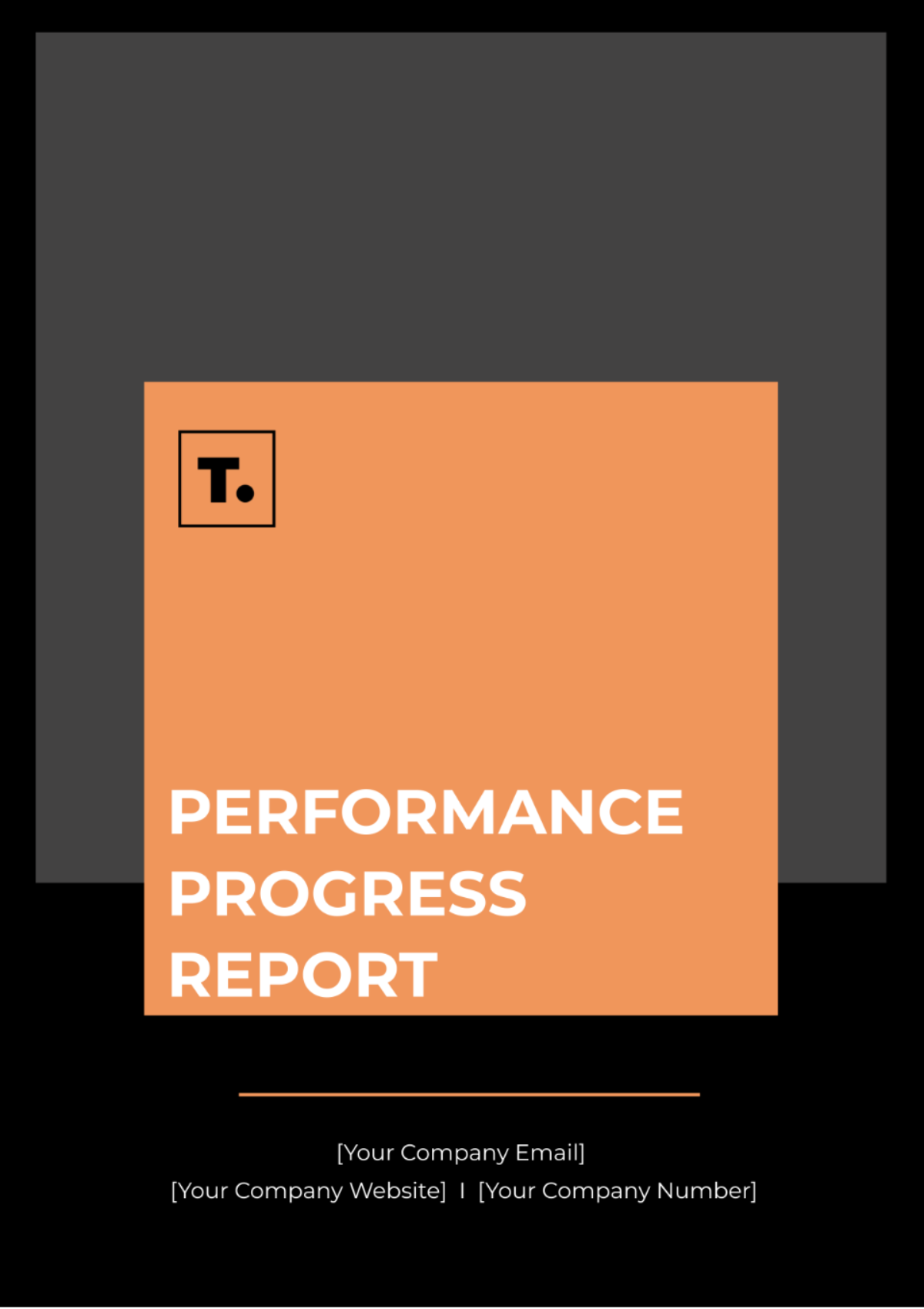Sales Performance Internal Report
[Your Company Name]
Reporting Period: Q1 2060
Prepared by: [Your Name], Sales Manager
Date: October 25, 2060
1. Executive Summary
This section provides a high-level overview of sales performance, highlighting key achievements and challenges during the reporting period.
Key Highlights:
Total Revenue: $2,500,000
Year-over-Year Growth: 25%
Top Product: SmartHome Hub
Regions with Highest Sales: North America, Europe, Asia
Summary:
During Q1 2060, [Your Company Name] experienced significant growth in sales driven by a successful marketing campaign for our SmartHome Hub and the launch of new features. Despite facing challenges such as supply chain disruptions due to global logistics issues, we achieved a 25% increase in revenue compared to Q1 2059.
2. Sales Performance Overview
This section analyzes overall sales performance, breaking down results by region, product line, and customer segment.
2.1. Total Sales Overview
Total Sales Volume: 50,000 units
Average Sale Value: $50
2.2. Sales by Region
Region | Sales Volume | Revenue | % of Total Sales |
|---|---|---|---|
North America | 25,000 | $1,250,000 | 50% |
Europe | 15,000 | $750,000 | 30% |
Asia | 10,000 | $500,000 | 20% |
Total | 50,000 | $2,500,000 | 100% |
2.3. Sales by Product Line
Product Line | Sales Volume | Revenue | % of Total Revenue |
|---|---|---|---|
SmartHome Hub | 30,000 | $1,500,000 | 60% |
SmartLight Bulbs | 10,000 | $300,000 | 12% |
Smart Security System | 5,000 | $700,000 | 28% |
Total | 50,000 | $2,500,000 | 100% |
3. Key Performance Indicators (KPIs)
This section outlines the KPIs used to measure sales performance and how they align with company objectives.
Sales Growth Rate: 25%
Customer Acquisition Cost: $200
Customer Retention Rate: 85%
Average Deal Size: $50
Analysis:
The sales growth rate of 25% indicates a strong market presence and effective sales strategies. However, the customer acquisition cost remains high at $200, prompting the need for more efficient marketing efforts to improve profitability.
4. Challenges and Opportunities
This section identifies challenges faced during the reporting period and potential growth opportunities.
Challenges:
Supply Chain Disruptions: Ongoing global logistics challenges delayed the delivery of raw materials, impacting product availability.
Increased Competition: Competitors like SmartHome Solutions have gained market share through aggressive pricing strategies.
Changing Customer Preferences: A shift toward sustainability in consumer preferences has emerged, necessitating a review of our product materials.
Opportunities:
Market Expansion: Explore new geographic markets such as South America and Africa, where demand for smart home technology is increasing.
Product Diversification: Introduce eco-friendly versions of our SmartHome Hub and SmartLight Bulbs based on customer feedback for sustainable options.
Enhanced Marketing Strategies: Leverage digital marketing and social media to increase brand awareness and engagement, especially among millennials and Gen Z consumers.
5. Recommendations
Based on the analysis, this section outlines actionable recommendations to improve sales performance.
Increase Marketing Budget: Allocate 15% of revenue to targeted marketing campaigns focusing on digital channels and influencer partnerships.
Sales Training Programs: Implement quarterly training sessions focused on customer engagement and product knowledge to enhance the effectiveness of the sales team.
Expand Distribution Channels: Consider partnerships with regional distributors in South America and Africa to improve market penetration and accessibility.
6. Conclusion
The Q1 2060 Sales Performance Report indicates a positive trend in revenue growth, despite facing significant challenges. By addressing the highlighted opportunities and implementing the recommendations, [Your Company Name] can enhance its market position and achieve sustainable growth.
Appendices
Appendix A: Detailed Sales Data
Appendix B: Customer Feedback Summary
Appendix C: Market Research Findings

